10 Amazing Stone Circles in the United Kingdom
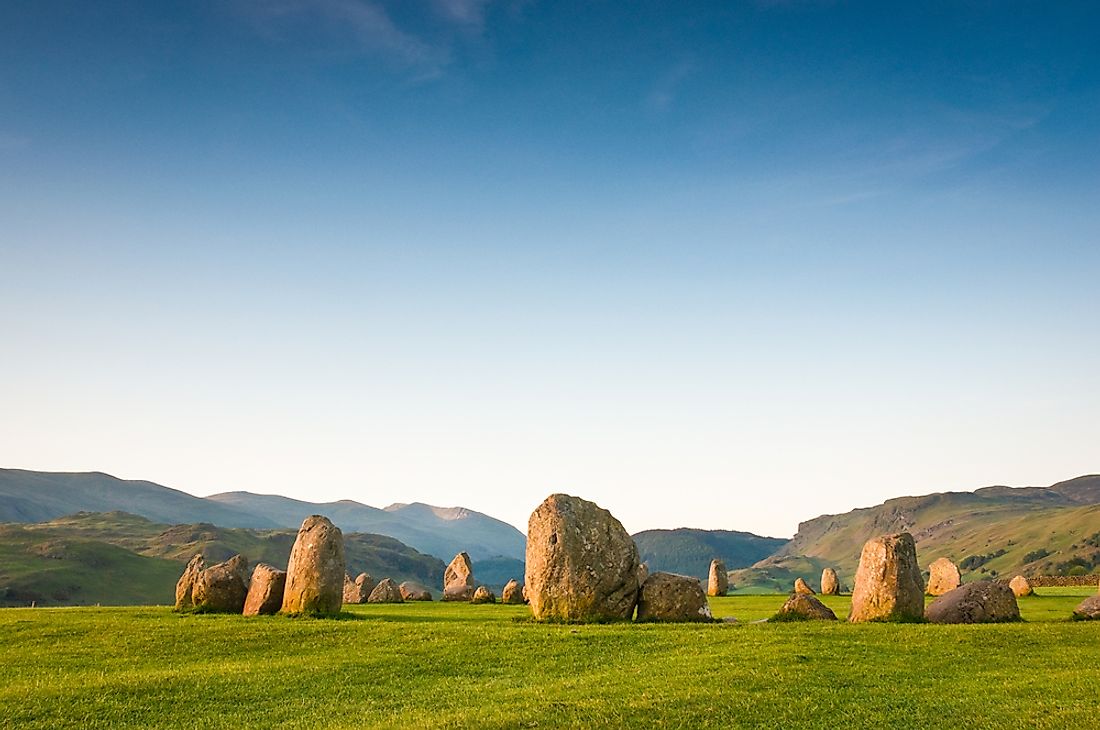
A stone circle is a prehistoric monument of stones standing on their own and arranged in a specific pattern. Stone circles were constructed as part of the Megalithic tradition in parts of the British Isles. The practice of constructing stone circles in the area lasted between the Late Neolithic period and the Early Bronze Age. During this period approximately 4,000 stone circles were constructed, although only 1,300 exist today, the rest were destroyed. The original purpose of building a stone circle is not fully known but it is widely speculated that they were used for ritual and ceremonial activities related to solar and lunar alignments.
10. Avebury
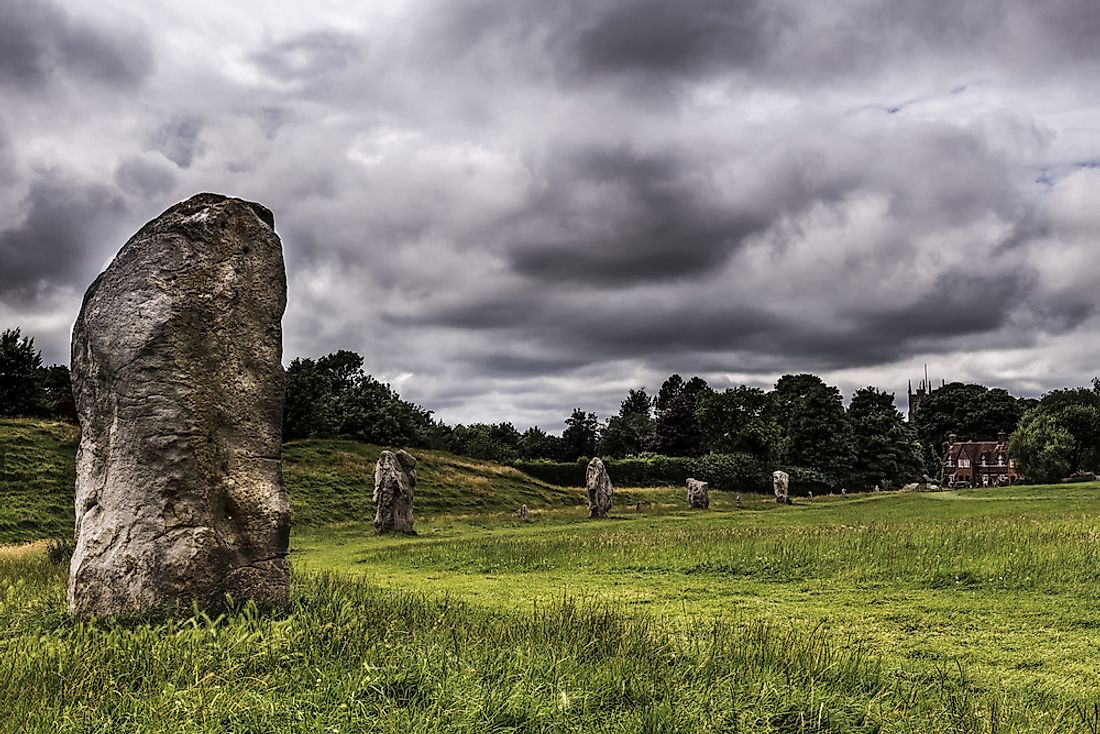
The Avebury stone circle is located in the Avebury, Wiltshire. It is a popular prehistoric site in the UK, containing three stone circles. The Avebury stone circle is one of the world’s largest megalithic stone circles and both a place of religious significance and tourist attraction site. The stone circle was constructed hundreds of years ago in the 3rd millennium BC, during the New Stone Age. The monument is made up of a large henge, a larger outer stone circle, and two small stone circles at the center of the monument. Although its original use is not known, it is believed that it was used for rituals.
9. Hampton Down Stone Circle
Hampton Down Stone Circle is situated near the village of Portesham in Dorset County. The monument is believed to have been erected in the Bronze Age as part of a tradition of a stone circle constructed throughout the UK. The purpose of the Hampton Down ring is unknown, although it is speculated that they were used for religious purposes, with stones believed to be having supernatural powers. The stones in the area were disturbed by agricultural activities in the area in 1964 which led to the excavation of the area. During the excavation, it was revealed that the location of the stone was actually not their original prehistoric location. Their original location existed a few meter to the west.
8. Stonehenge
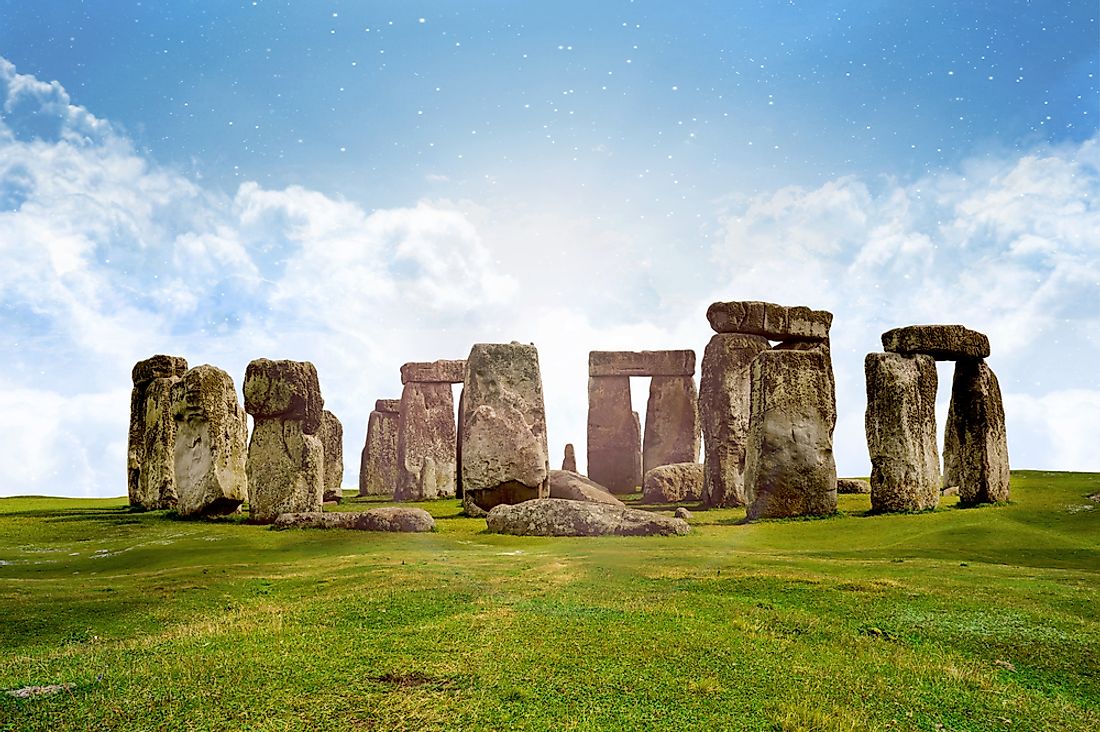
Stonehenge is situated in Wiltshire, approximately 2 miles west of Amesbury. The monument is made up of a ring of standing stones, with each stone measuring 13 feet high and 7 feet wide. The 25-ton stones were set at the center of the densest complex of Neolithic and Bronze Age monuments in England. Stonehenge was constructed from around 3000 to 2000 BC. The early phases of the monument include the surrounding circular earth bank and ditch. The earth bank and the ditch have been dated to around 3100 BC. Stonehenge is one of the most famous landmarks in the UK and is regarded as a British cultural icon. It has been legally protected since 1882 and was added to the World Heritage list in 1986.
7. Kingston Russell Stone Circle
Kingston Russell Stone Circle, popularly known as Gorwell Circle, is sandwiched by the villages of Abbotsbury and Littlebredy in Dorset County. The monument is estimated to have been erected during the Bronze Age as part of the construction of stone circles in the UK. The purpose of Kingston Russell ring remains unclear, although it might have been used as a religious site. The monument is the largest surviving stone circle in Dorset County. The ring is made up of 18 stones arranged in an oval shape. All of the stones are laying on the ground, with some of the stones moved from their original position.
6. Devil's Nine Stones
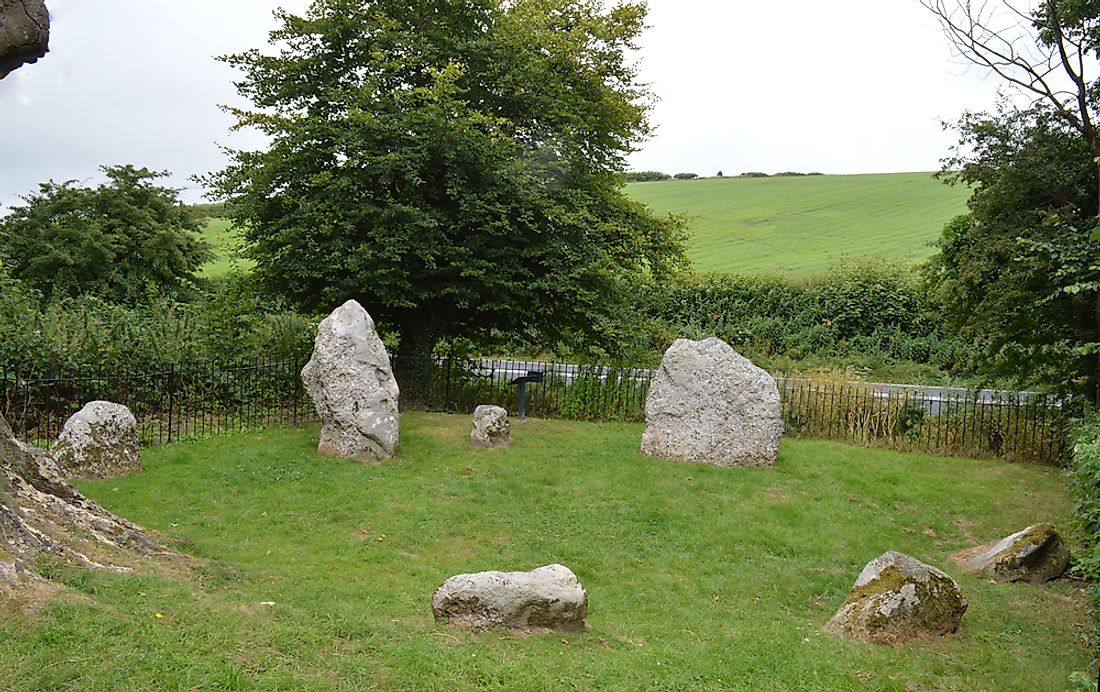
Devil's Nine Stones is also known by several names including the Nine stones, Nine Ladies, or interestingly Lady Williams and her Dogs. The stone circle is situated close to the village of Winterbourne Abbas in the county of Dorset. The monument is likely to have been erected during the Bronze Age. It is one of the most well documented surviving stone circles. The monument measures 9.1 by 7.9 meters in diameter. Seven of the nine stones measure less than 3 feet tall with the other two considerably longer. The stones are irregularly shaped. The monument has been associated with local folklore linking it to the devil with children in form of a rock hence the name “Devil's Nine Stones.”
5. Rempstone Stone Circle
Rempstone Stone Circle is situated near Corfe Castle on the Isle of Purbeck, Dorset. The monument might have been erected during the Bronze Age. Although its purpose is not known, it might have been used for religious purpose with the stones believed to be having supernatural powers. Rempstone Stone Circle is severely damaged and overgrown making its description a bit difficult. Of the eight surviving stones, five are surviving while the rest are recumbent. The standing stones have varied sizes and are irregularly shaped. A local folklore has it that the monument landed in the area after it had been through from Corfe Castle by the devil.
4. Stanton Drew Stone Circles
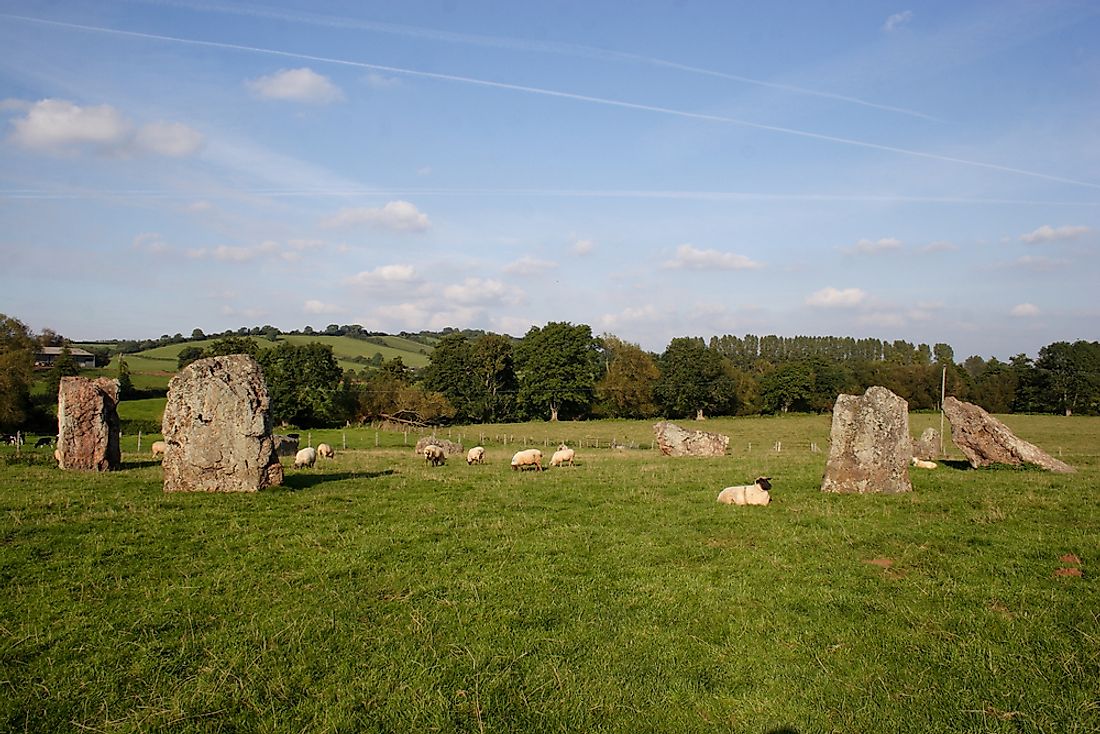
Stanton Drew Stone Circles are located just outside the village of Stanton Drew in Somerset County. The Great Circle is the largest circle among the Stanton Drew Stone Circles and the second-largest in Britain. It measures 371 feet in diameter and is surrounded by a ditch and smaller stone circles. A group of three stones called The Cove also forms part of the Stanton Drew Stone Circles. A single stone known as the Hautville’s Quoit is located slightly further from the Great Circle. Some of the stones forming the stone circles are still standing but the majority is recumbent and a number are missing.
3. Swinside
The Swinside stone circle lies beside the Swinside Fell which is a part of the Black Combe. It was constructed alongside other famous stone circles including the Castlerigg and Long Meg and Her Daughters stone circles. Its original purpose is debatable but most people concur that they were constructed for ritual purposes. The stone circle measure 93 feet 8 inches in diameter and contains 55 stones although the original stones may have been 60 at the time of construction. The monument has an entrance-exit on the south-eastern side as defined by the two outer portal stones. Local folklore has it that the stones were used to construct a church but the devil constantly thwarted the plans, creating a stone circle instead.
2. Castlerigg Stone Circle
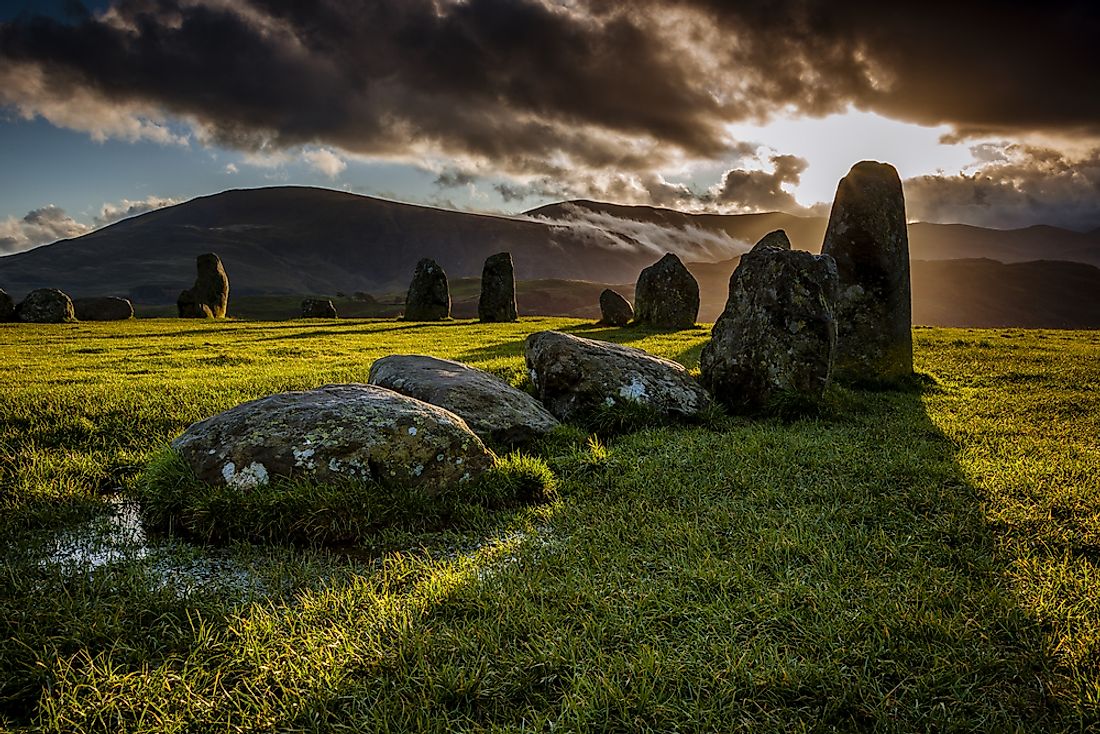
The Castlerigg Stone Circle is located near Keswick in Cumbria, England. The monument and its natural environment have been described as beautiful and romantic. It is considered one of the most “visually impressive monument in Britain.” It is also one of the most visited stone circles in Cumbria. The stones are set on a flattened circle of about 107 feet at its widest and 97 feet at its narrowest. A tradition has it that the number of stones cannot be counted as an attempt to count them often results in different answers. The original purpose of the stone circle is not known, although it is believed that it was a meeting place where axes were traded.
1. Long Meg and Her Daughters
Long Meg and Her Daughters are located near Penrith, Cumbria. It is the sixth-largest stone circle in north-western Europe. The ring consists of 59 stones with only 27 remaining upright. The stones are set on an oval shape which measures 340 feet on the longest axis. The original stones may have been 70 in number. Long Meg herself measures 12 feet high with her daughters on the southwestern side. Long Meg bears megalithic arts such as cup and ring marks. Some of the stones in the circle appear to be non-local and may have been selected and placed at specific points in the circle to mark certain calendar events.











